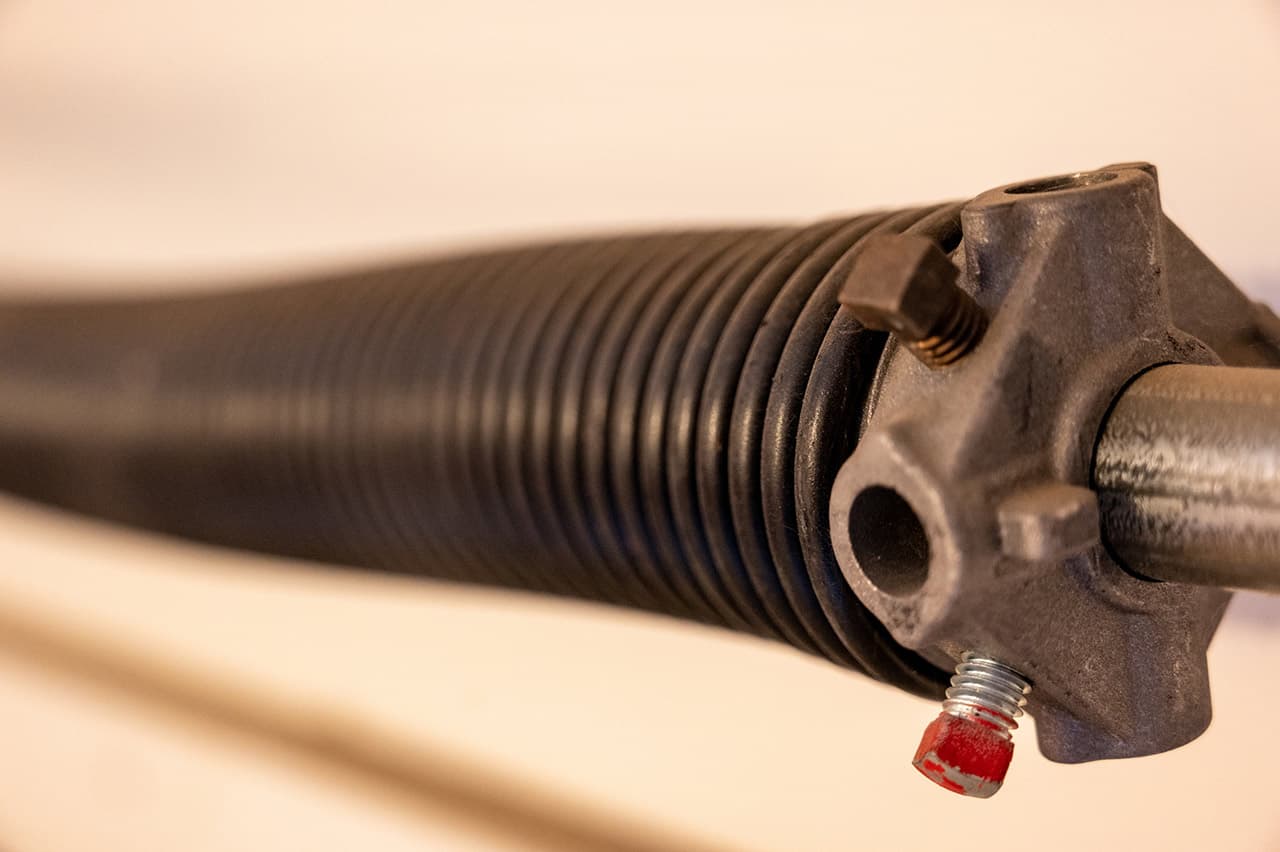Do You Have Broken Garage Door Spring? Why You Should Let the Pros Handle It
A fully-functioning garage door can make the difference between a smoothly run household and total panic! When the door malfunctions, it doesn’t only inconvenience you and your family. It creates a safety risk. If you have a broken garage door spring this can be a danger.
While you may face a variety of issues during your garage door’s lifespan, one of the more common problems is a broken garage door spring.
If you’re like most homeowners, you enjoy DIY home improvement projects and repairs. Should you repair a broken spring on your own?
Read today’s post and find out why it might be better to let a professional handle the job!
What Does a Garage Door Spring Do?
The primary role of garage door springs is to help open the door. The springs help lift the door making it easier to open.
To understand why the door needs help, you’ll want to answer this question: how much does a garage door weigh?
Depending on the materials, a two-car garage door weighs between 155 and 225 lbs. If you have a wood door, add about 50 pounds. The weight isn’t a problem until a spring breaks, and you need Herculean strength to open the door.
Two Common Types of Springs
Most homes have either torsion or extension garage door springs. Knowing what type of springs your door uses helps you locate and troubleshoot. To determine what type of springs you have, you’ll need to be inside the garage with the door closed.
Torsion
With the garage door closed, look up above the center of the door. Torsion springs run sideways. The age of the door can also provide a clue since most newer garage doors use torsion springs.
Extension
If you have extension springs, you’ll find one on each side of the garage door. They run parallel to the door tracks and look like long coils.
Springs of all types store mechanical energy. Torsion springs, due to their density, store more energy than your average spring.
Next, let’s look at how a broken spring behaves.
Symptoms of a Broken Garage Door Spring
In most cases, garage door springs give subtle hints before they go bad. If you don’t pay attention, you may wake up to a door that won’t open more than about 6 inches.
If you notice your garage door won’t raise the door all the way, it’s a clue that the springs are close to wearing out. Of course, a broken spring can also prevent the door opener from working correctly.
A broken spring can cause the door to crash down. Newer garage door openers use a built-in safety precaution called opener force. When activated, it prevents the door from falling abruptly.
A noisy door is often a warning of a worn-out spring. Squealing, creaking, and popping noises all point to garage door spring issues.
Use your eyes to detect other clues.
Look for rust. If you’ve ignored rust on the springs for a long time, it may be too late to simply remove it. Gaps typically mean the spring has already snapped, and at that point, you have no choice but to replace it.
The Cost of Spring Replacement
While money isn’t the only thing to think about, you’ll want to know the cost to replace garage door springs. Considering the average garage door opens and closes at least 1500 times a year, you can’t expect the springs to last forever. It’s a good idea to set aside the repair funds in your home improvement budget.
Where you live and whether you do the job yourself or hire a garage door contractor factor into how much you’ll pay for a spring replacement.
Is garage door spring repair a DIY project? We’ll talk about that next!
Should You Tackle Broken Springs Alone?
If you’re like the average homeowner, you do a quick internet search when you need help with home repairs. You’ll find plenty of DIY websites offering a basic explanation of the garage door spring repair or replacement process. Basic instructions aren’t enough!
Even the most experienced DIY aficionado should consider asking for professional help when making garage door repairs, especially when dealing with a broken spring. Here’s why:
Springs and Tension
We already discussed how springs store energy and provide tension. Tension means the door opens and closes safely. Even without a properly functioning spring, a garage door remains under extreme tension.
A professional garage door technician knows which tools to use to remove a spring. If the inexperienced DIYer tries it, they risk injury when the tension releases. Uncoiling springs can result in lacerations and broker fingers.
Installing the Correct Springs
Although we showed you how to identify the type of springs you have on your garage door, it’s not easy to determine the correct replacement springs. Professionals take several different measurements to figure out the right springs. Quick DIY repairs often result in using the wrong springs.
Installing incorrect springs or using the wrong tools may put too much tension on the springs, which results in premature wear and tear. The worst-case scenario is a severe injury and a visit to the ER.
Need Professional Garage Door Repair?
Are you ready to take on the challenge of fixing or replacing a broken garage door spring? If you said yes, we get it—after all, we’re homeowners too. In our experience, often when homeowners attempt this type of repair, they realize the task is more complicated than they imagined.
Not everyone suffers from an injury, but more often than not, they waste a lot of time running to the hardware store and sometimes waste money on the wrong parts. With over 15 years in the garage door repair business, we make sure to get the job done right!
We’ve never encountered a garage door issue we couldn’t solve! If you need help with a broken spring or have other garage door questions, contact our team today. Beyond repairs, if you’re considering a garage upgrade, we’d love to talk with you.






Leave A Comment